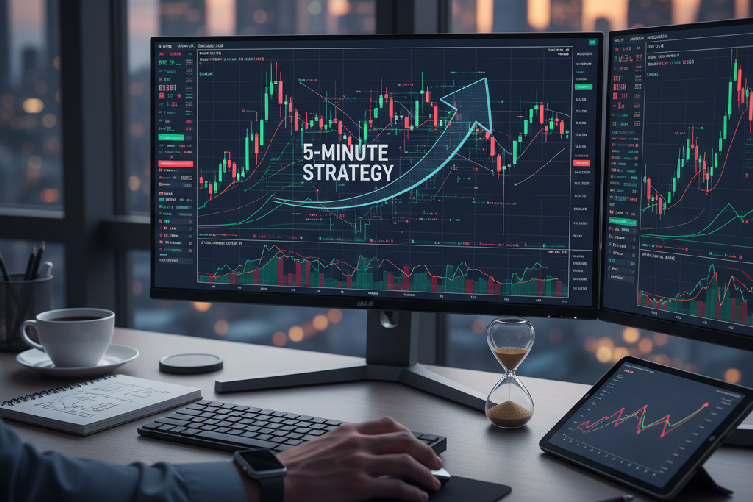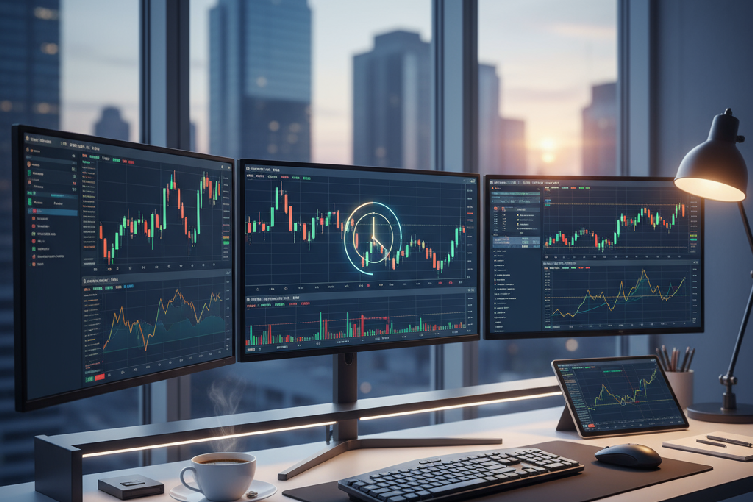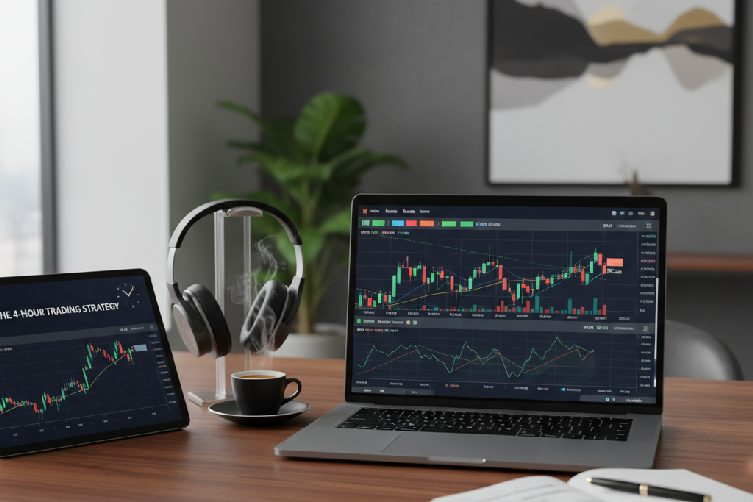Mastering the Types of Liquidity in Forex Trading

Ever feel like the forex market is working against you? When stop losses get hit just before a big reversal, it’s easy to get frustrated. This feeling is common for both new and experienced traders.
But what if it’s not a conspiracy? The real force at play is often the different types of liquidity in forex. Understanding this fundamental concept can completely change your trading game.
Liquidity isn’t just jargon; it’s the lifeblood of the market that shapes every price move. For a smart trader, deciphering liquidity isn’t just helpful—it’s transformative. It’s the key to unlocking hidden market dynamics, shifting you from a reactive participant to a strategic player.
Imagine trading with precision, predicting market shifts, and confidently setting targets while avoiding those frustrating stop-loss hunts. To fully leverage this knowledge, partnering with a trusted forex broker like FXNX, known for its powerful platforms and tools, is a strategic move.
This guide is your blueprint to mastering forex liquidity. We’ll break down the complexities and shine a light on the three main forms of liquidity that separate profitable traders from the rest. Get ready for a trading transformation.
What is Forex Liquidity and Why Does It Matter?
Before diving into the types, let’s establish a clear definition. In forex, liquidity refers to how easily a currency pair can be bought or sold at a stable price. Think of it like a bustling marketplace—the more buyers and sellers there are, the healthier the liquidity.
For example, imagine you need to exchange a large amount of Japanese Yen for US Dollars. In a highly liquid market, you can execute this trade quickly at a competitive rate without causing a major price swing in the JPY/USD pair.
In an illiquid market, however, that same large order could cause sharp price volatility. This can lead to slippage and unfavorable prices, hurting your bottom line. Recognizing this is a crucial first step in understanding the types of liquidity in forex.
The forex market is the world’s most liquid financial market, with trillions of dollars traded daily. This liquidity comes from major players like central banks, corporations, and large institutions, as well as retail traders. But liquidity isn’t constant; it changes across different currency pairs and trading sessions, creating both opportunities and risks.

Your Strategic Advantage: How Liquidity Boosts Your Trading
Why should you focus so much on liquidity? Because understanding it is like having market foresight. Knowing where and when liquidity is concentrated allows you to:
-
- Pinpoint Prime Entry Zones: Liquidity zones act like magnets for price. By identifying them, you can better anticipate price movements and time your trade entries more effectively.
- Set Strategic Profit Targets: Recognizing areas with high order density helps you place profit targets more intelligently, increasing the chances your trades reach their intended goals.
- Anticipate Key Reversal Points: Major market reversals often occur after a “liquidity sweep.” Spotting these events early helps you foresee trend changes and capitalize on new moves from the start.
- Dodge Stop-Loss Hunts: The infamous stop-loss hunt becomes less of a threat when you understand liquidity dynamics. You can learn to place your stops away from obvious liquidity pools, protecting your capital.
The Three Core Types of Forex Liquidity
Liquidity in the forex market appears in several forms, but most can be distilled into three dominant types. These are the recurring patterns that consistently influence price action. Mastering them is essential for any serious trader.
1. Equal Highs and Equal Lows Liquidity
This is one of the most common and recognizable forms of liquidity. Equal highs (resistance) and equal lows (support) are obvious chart patterns that attract a lot of attention.
Traditional trading teaches traders to sell at resistance and buy at support. As a result, huge pools of orders build up around these levels:
- Buy-stop orders accumulate above equal highs (from breakout traders and those looking to cover short positions).
- Sell-stop orders accumulate below equal lows (from breakout traders and those exiting long positions).
These concentrated areas of orders create a significant liquidity pool that a large institution may target to fill their own substantial orders, often causing a sharp move through the level before a potential reversal.
2. Trendline Liquidity
Similar to horizontal levels, diagonal trendlines also attract a massive amount of liquidity. As a trend develops, traders will draw a trendline and place orders along it, expecting the price to respect the line.
Breakout traders will place stop-orders just beyond the trendline, while trend-followers will place their stop-losses just on the other side. This creates another predictable pool of liquidity that the market is often drawn toward, leading to a “stop hunt” that breaks the trendline before price potentially continues in the original direction.
3. Session Highs and Lows Liquidity
Finally, the highs and lows of major trading sessions (like Asia, London, and New York) are natural liquidity points. As one session concludes, orders tend to build up above its high and below its low.
For example, traders often expect the London session to sweep the liquidity resting above the Asian session’s high or below its low. Understanding this inter-session dynamic allows you to anticipate potential turning points and entry opportunities as a new trading session gets underway.
By learning to see the market through the lens of these three liquidity types, you move beyond simple pattern trading. You start to understand the why behind price movements, giving you a significant edge in your daily trading decisions.













